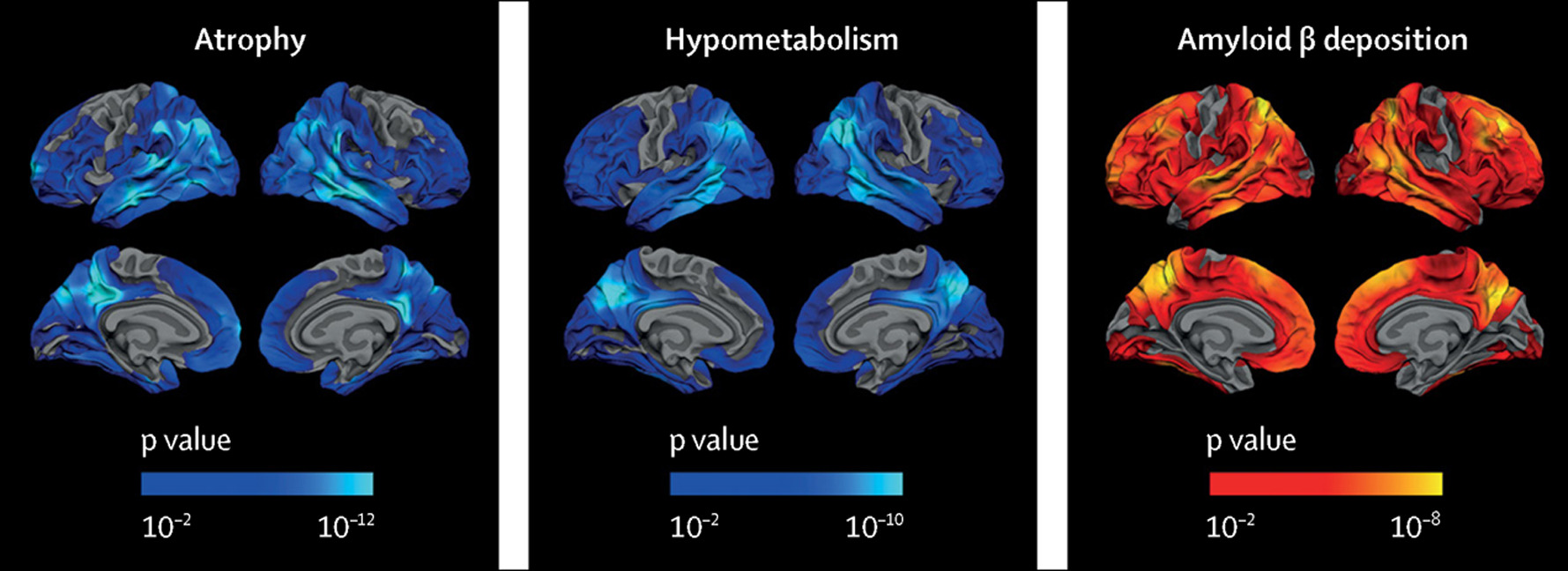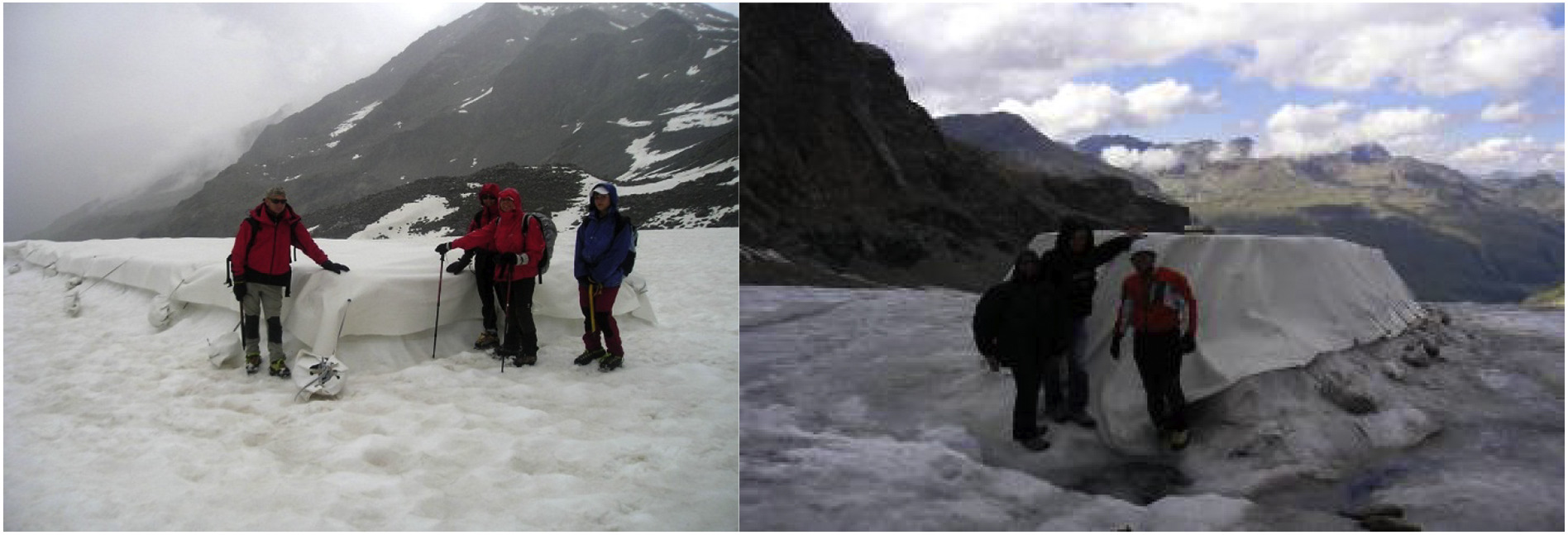Elsevier, International Dental Journal, Volume 70, 1 June 2020
Objective: The Minimata Convention on mercury includes amalgam phase-down and eventual phase-out from dentistry. To aid its subsequent evaluation it is important to have baseline data of amalgam use in a locality prior to implementing a phase-down. Methodology: Records of patients spanning 5 years from January 2011 to January 2016 were analysed to determine and the compare frequency of amalgam usage with other dental materials for carious teeth restorations in a Nigerian university teaching hospital.
Elsevier,
Heliyon, Volume 6, June 2020
The empirical analysis shows that unregulated water vending makes households without connection to pay higher tariffs for water. The paper among others recommends that tariffs at which vendors should sell water to customers should be set and closely monitored in order to ensure that households without connections have access to water at reasonable tariffs.
Elsevier,
Geography and Sustainability, Volume 1, Issue 2, June 2020, Pages 141-151
This article supports SDG 13 and SDG 15 by demonstrating the people's willingness to pay for ecosystem services on the Tibetan Plateau of China and highlighting the significance of people's knowledge and attitude as direct driving factors for payment amount.
Elsevier, International Journal of Human Computer Studies, Volume 137, May 2020
Addressing efficient management of energy has become a central objective due to the scarcity of traditional energy sources and global warming. To cope with this overarching issue, some technological solutions such as Smart Grids, Internet of Things or Demand response are proposed. However, the majority of them overlooks the role of human beings in the equation.
Elsevier, Case Studies in Chemical and Environmental Engineering, Volume 1, May 2020
Pollution prevention methods were applied at an optics manufacturer in an effort to improve recovery of a valuable polishing component, cerium oxide (ceria), 77% of which was lost to dragout and sewer discharge. Centrifugation and microfiltratiion were evaluated to develop a process that would increase recovery of used ceria, which would then be sent back to the ceria supplier for reclamation and reuse. Full-scale implementation included a high-speed centrifuge that operates continuously with a microfiltration system through recirculation in a single process tank.
Elsevier, One Earth, Volume 2, 22 May 2020
Most of the terrestrial world is experiencing high rates of land conversion despite growth of the global protected area (PA) network. There is a need to assess whether the current global protection targets are achievable across all major ecosystem types and to identify those that need urgent protection. Using recent rates of habitat conversion and protection and the latest terrestrial ecoregion map, we show that if the same approach to PA establishment that has been undertaken over the past three decades continues, 558 of 748 ecoregions (ca.


